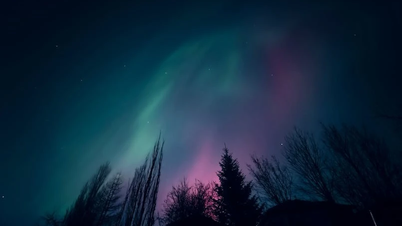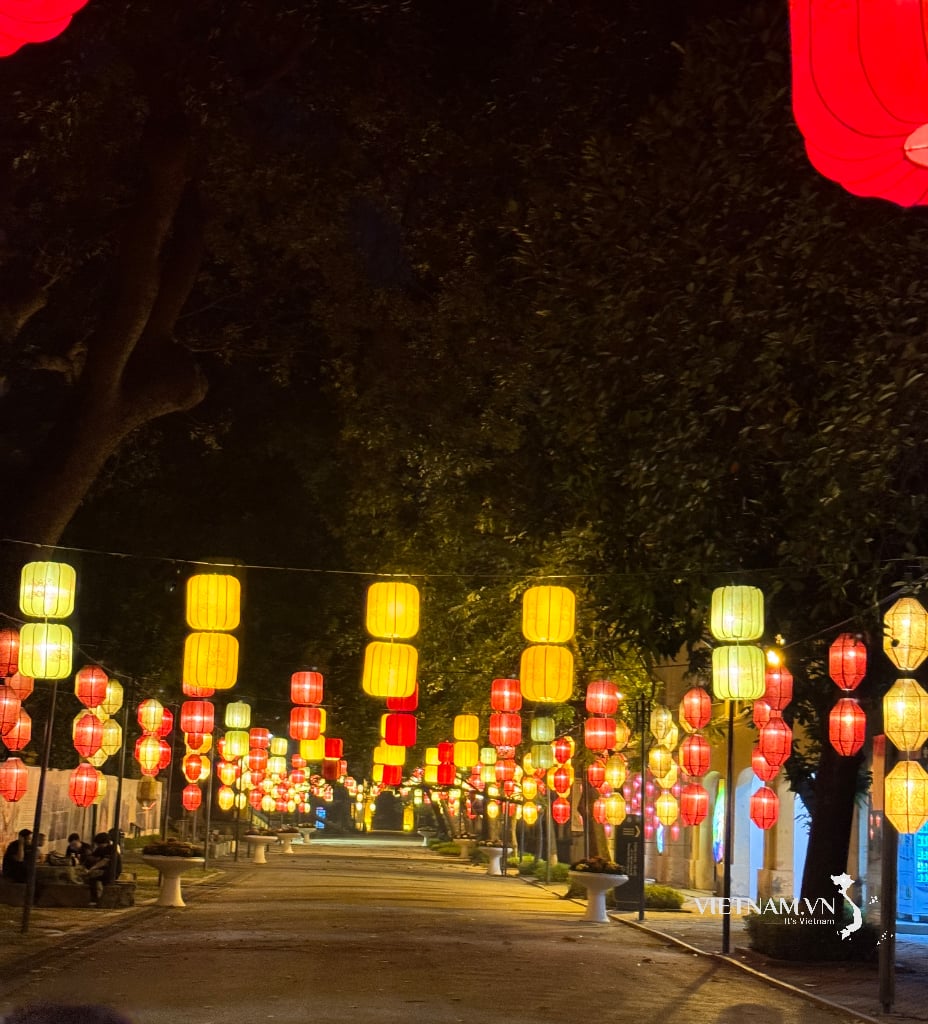
Solar flares can knock out power grids for days, or even weeks - Photo: NASA/SDO/AIA
According to AFP news agency, on November 12, the US National Oceanic and Atmospheric Administration (NOAA) issued a warning about a serious magnetic storm - also known as a solar storm - lasting until November 13.
The rare event, while bringing spectacular aurora displays at unusually low latitudes, also poses the risk of disrupting communications networks.
According to NOAA, solar activity on November 11 recorded an X5.1 energy burst, related to a coronal mass ejection (CME).
High-energy particles from the eruption are moving toward Earth, potentially triggering a category 4 geomagnetic storm — the most severe on NOAA's five-point scale — that threatens to disrupt radio communications, jam GPS navigation, malfunction satellites and overload power grids.
Due to the impact of this event, billionaire Jeff Bezos' Blue Origin aerospace company was forced to postpone the launch of the New Glenn rocket on November 12.
In addition, two satellites operated by UC Berkeley, scheduled to launch on November 16 to Mars, were also partially delayed, according to the SFGate news site.
In particular, NOAA notes that increased solar radiation could pose biological risks to astronauts, passengers, and crew on high-altitude flights, as well as individual impacts to satellite systems.
Scientists are now waiting to calculate how much magnetic energy is contained within the CME particle approaching Earth.
Earlier on the night of November 11 (local time), many areas around the world such as Mexico, New Zealand, and Australia recorded the sky glowing with pink and green auroras - a phenomenon usually only seen near the Earth's poles.

The Aurora Australis, also known as the “Southern Lights”, glows on the horizon above Brighton Beach in Dunedin, New Zealand on November 13 - Photo: AFP
NOAA predicts this phenomenon could continue until dawn on November 14, when another CME is on its way to Earth.
Last year, a category 5 geomagnetic storm – the strongest in 20 years – also created spectacular aurora displays in both hemispheres.
For astronomy enthusiasts, experts recommend observing the aurora in dark areas, away from city lights, and possibly using a camera or phone with long exposure to capture this rare phenomenon.
Source: https://tuoitre.vn/my-canh-bao-bao-mat-troi-cuc-manh-gay-gian-doan-lien-liang-de-doa-cac-chuyen-bay-2025111316293066.htm




![[Photo] Unique art of painting Tuong masks](https://vphoto.vietnam.vn/thumb/1200x675/vietnam/resource/IMAGE/2025/11/14/1763094089301_ndo_br_1-jpg.webp)
![[Photo] Unique architecture of the deepest metro station in France](https://vphoto.vietnam.vn/thumb/1200x675/vietnam/resource/IMAGE/2025/11/14/1763107592365_ga-sau-nhat-nuoc-phap-duy-1-6403-jpg.webp)
































![[Photo] Special class in Tra Linh](https://vphoto.vietnam.vn/thumb/1200x675/vietnam/resource/IMAGE/2025/11/14/1763078485441_ndo_br_lop-hoc-7-jpg.webp)







































































Comment (0)